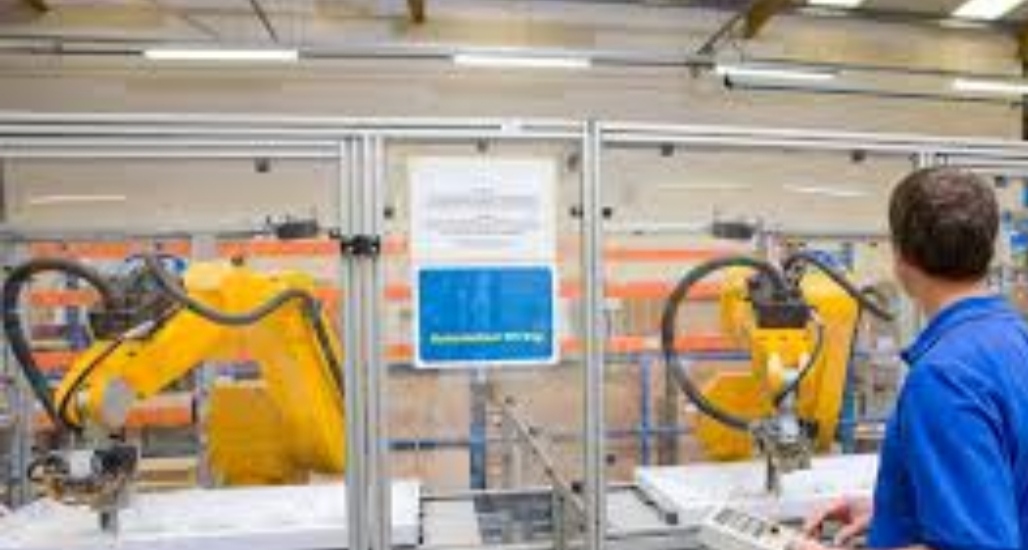Job outlook is a common metric used to express how many people are employed in a certain position or occupation for a period of time. Knowing the job outlook for a career you’re interested in can help inform you of several important factors, including if that career will continue to grow over the next few years and whether there is good job availability for that occupation. In this article, we explore the definition of job outlook, what it can tell you, why it’s important to research job outlooks when searching for a position and how to interpret job outlook figures
Job outlook definition
Job outlook is a term used to describe the forecast of the anticipated change in a particular occupation. This forecast is usually estimated based on how many people are expected to be employed in a given occupation over a period of time, such as five or 10 years. The job outlook in the United States is predicted by the Bureau of Labor Statistics (BLS), which is a part of the U.S. Department of Labor. They provide information as to whether and how much job outlook will decrease or increase for hundreds of jobs in the U.S. This information is updated and published every two years in the Bureau of Labor Statistics’
What does job outlook tell you?
The job outlook of a particular position tells you how much that position is anticipated to grow over the next few years. Job outlooks in the Occupational Outlook Handbook are distinguished based on how much the BLS predicts the occupation will change. The BLS uses the following metrics when displaying job outlook information to consumers:
Decline: This means the employment for this occupation is predicted to decline by 1% or more.
Little or no change: This means the employment for this occupation is predicted to remain unchanged.
Grow slower than average: This means the employment for this occupation is predicted to increase by 1% to 2%.
Grow about as fast as the average: This means the employment for this occupation is predicted to increase by 3% to 4 %.
Grow faster than the average: This means the employment for this occupation is predicted to increase by 5% to 7%.
Grow much faster than average: This means the employment for this occupation is predicted to increase by 8% or more.
Based on the metrics assigned to the career you’re interested in pursuing, you’ll be able to see how much that career is estimated to grow between now and five to 10 years from now.




